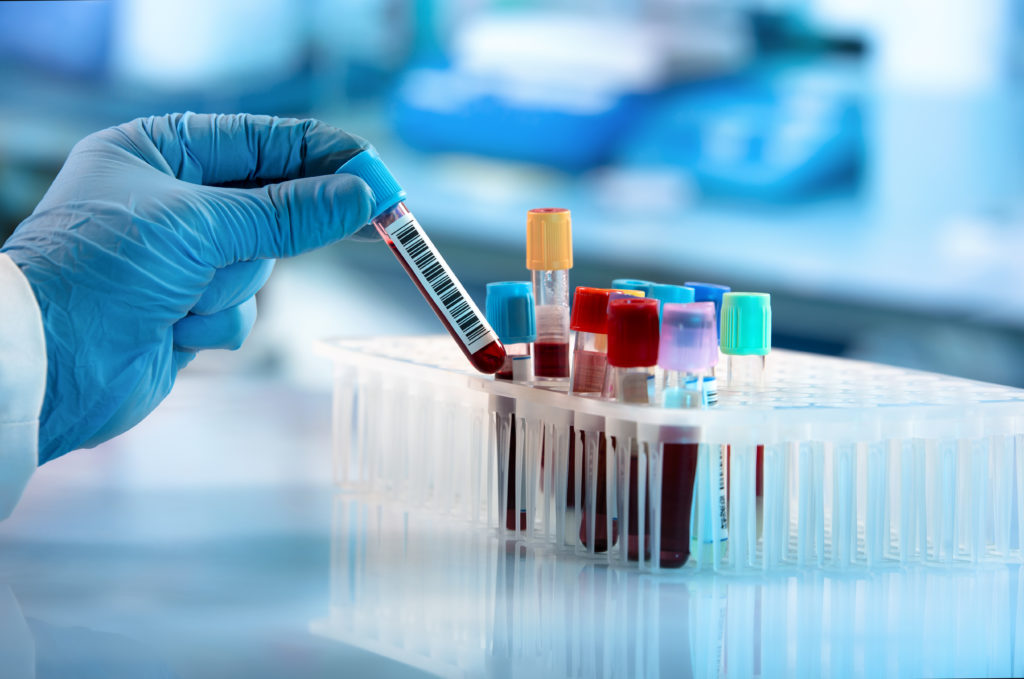
What is Ferritin?
Ferritin is a key protein that stores iron in the body and releases it as needed, playing a vital role in the production of red blood cells and the transport of oxygen throughout the body. The amount of ferritin, known as ferritin levels, in your blood reflects how much iron is stored in your tissues, making it a critical marker for understanding your iron status. Low ferritin levels often signal iron deficiency, which can eventually lead to iron-deficiency anemia, a condition that severely affects your energy levels and overall health.
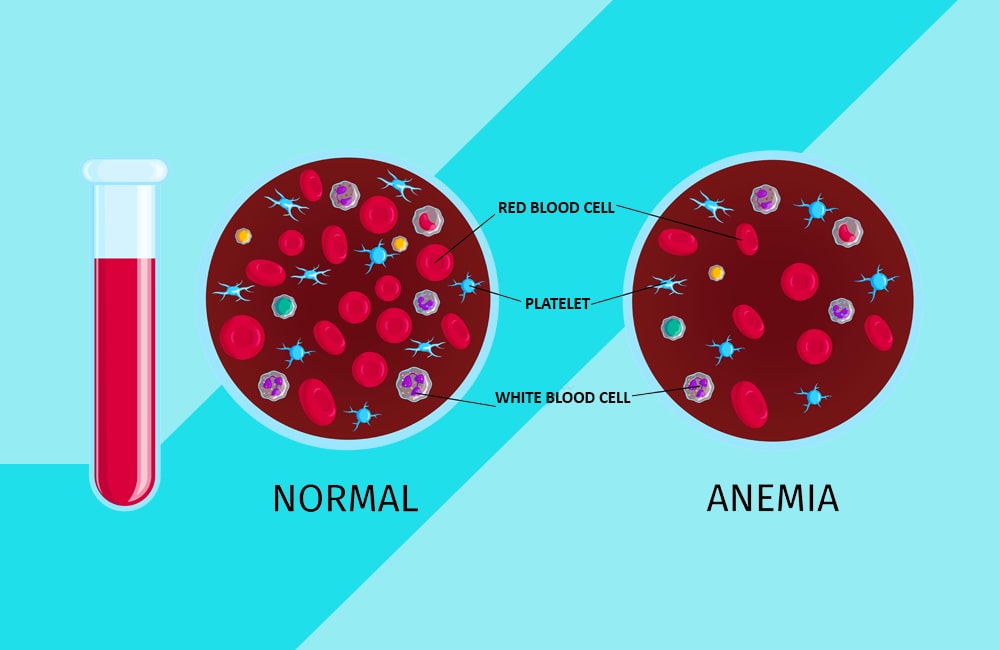
Ferritin levels are typically assessed through a simple blood test, which measures the concentration of ferritin in nanograms per milliliter (ng/mL). According to the World Health Organization (WHO), normal ferritin levels range between 30 to 300 ng/mL for men and 15 to 150 ng/mL for women, though these ranges may vary depending on your lab and individual factors (1).
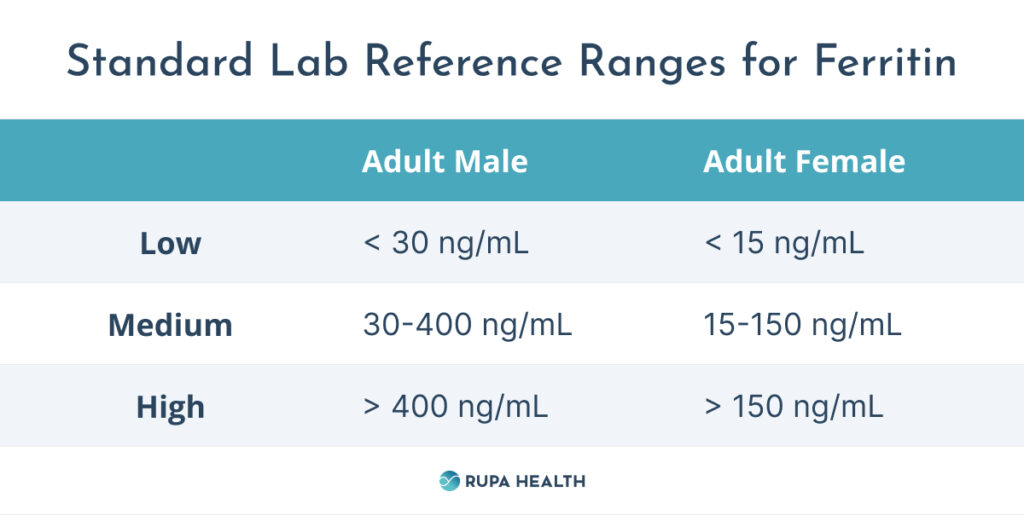
Why is Ferritin Important for Athletes?
For runners and endurance athletes, maintaining optimal ferritin levels is essential. Iron plays a crucial role in the production of hemoglobin, the protein in red blood cells that carries oxygen from your lungs to your muscles. When ferritin levels are low, it can reduce your body’s ability to transport oxygen efficiently, leading to fatigue, shortness of breath, and a decrease in endurance performance . Research shows that iron deficiency, even without anemia, can impair athletic performance by limiting oxygen supply and reducing VO2 max, a key measure of aerobic capacity (2).
Athletes, particularly those involved in endurance sports like running, cycling, and swimming, are at a higher risk of iron deficiency due to several factors:
- Increased iron loss through sweat, gastrointestinal bleeding, or the breakdown of red blood cells from repetitive impact (e.g., footstrike hemolysis in runners). Important note: footstrike hemolysis is suggestive with limited evidence.
- Higher iron requirements due to intense training, which demands more oxygen delivery and energy production (3).
- Restricted diets, especially plant-based diets, which may contain less readily absorbed non-heme iron .
If you’re a runner or endurance athlete who has been feeling unusually fatigued, struggling with recovery, or noticing a decline in performance, checking your ferritin levels could be a crucial step in understanding and resolving the issue (4, 5).

As an athletes whether you currently have low iron levels or not, here are 5 best practices to ensure you are consuming adequate iron and improve absorption, especially if you are low in iron.
1. Incorporate Iron-Rich Foods
One of the most direct ways to boost ferritin levels is by increasing your intake of iron-rich foods. Iron is essential for ferritin production, and there are two types of dietary iron: heme and non-heme.
- Heme iron is found in animal-based sources like red meat, poultry, and fish. This type is more easily absorbed by the body.
- Non-heme iron is found in plant-based foods such as lentils, beans, spinach, and fortified cereals.
Tip: Pair non-heme iron foods with a source of vitamin C (like citrus fruits) to increase absorption.
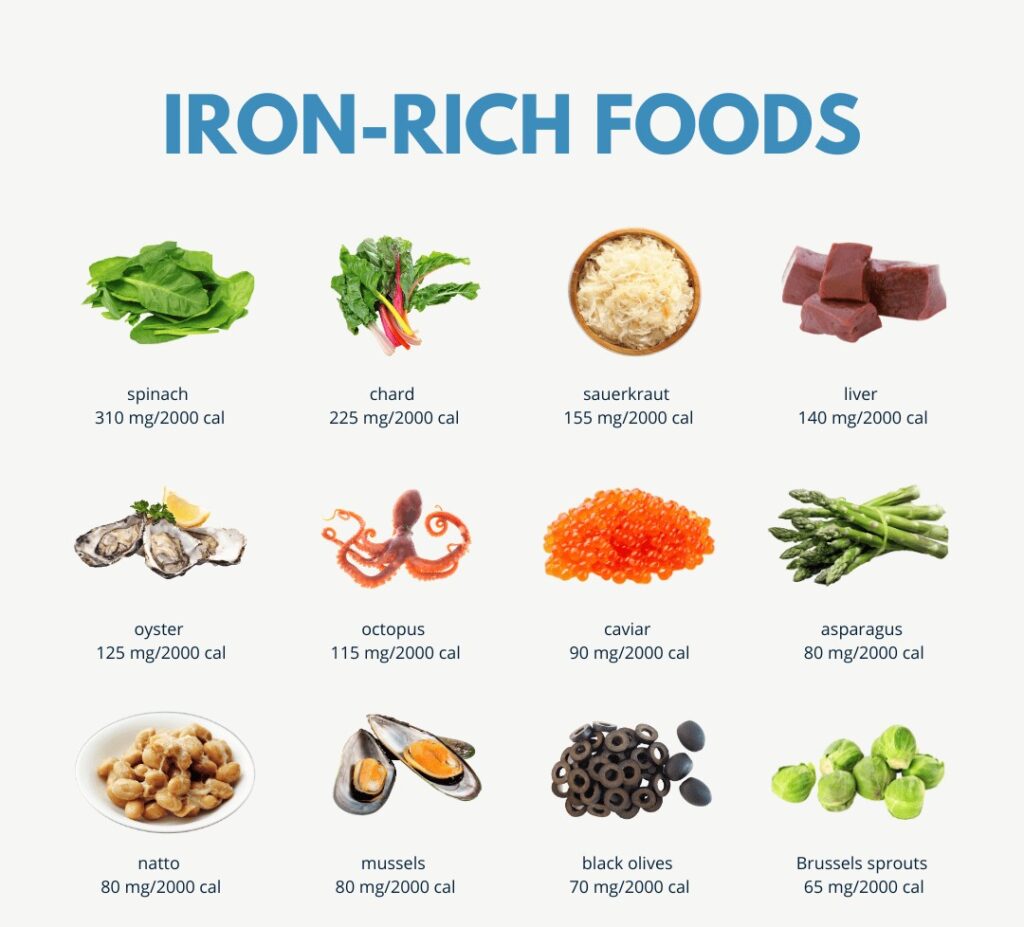
2. Avoid Iron Blockers
Some foods and beverages can block the absorption of iron, which can hinder your efforts to increase ferritin levels. Common iron blockers include:
- Tannins found in tea and coffee
- Calcium-rich foods or supplements (like dairy) taken alongside iron-rich meals
- Phytates found in whole grains and legumes
To improve iron absorption, try to avoid these foods and drinks around meal times when you’re consuming iron-rich foods.
3. Consider Iron Supplements
If you’re not able to get enough iron through diet alone, iron supplements can help. Speak with your healthcare provider before starting any supplement regimen, as they can recommend the right type and dosage based on your needs.
Some common iron supplements include:
- Ferrous sulfate
- Ferrous gluconate
- Ferrous fumarate
Tip: Taking iron supplements with a glass of orange juice can improve absorption and reduce potential stomach discomfort.
4. Increase Intake of Vitamin C
Vitamin C plays a key role in enhancing the absorption of iron, especially non-heme iron from plant sources. Including more vitamin C-rich foods in your diet can help boost ferritin levels effectively.
Great sources of vitamin C include:
- Oranges and citrus fruits
- Bell peppers
- Berries
- Broccoli and leafy greens
Try adding these foods to your meals for an extra absorption boost!
Tip: Squeeze some lemon on steak!
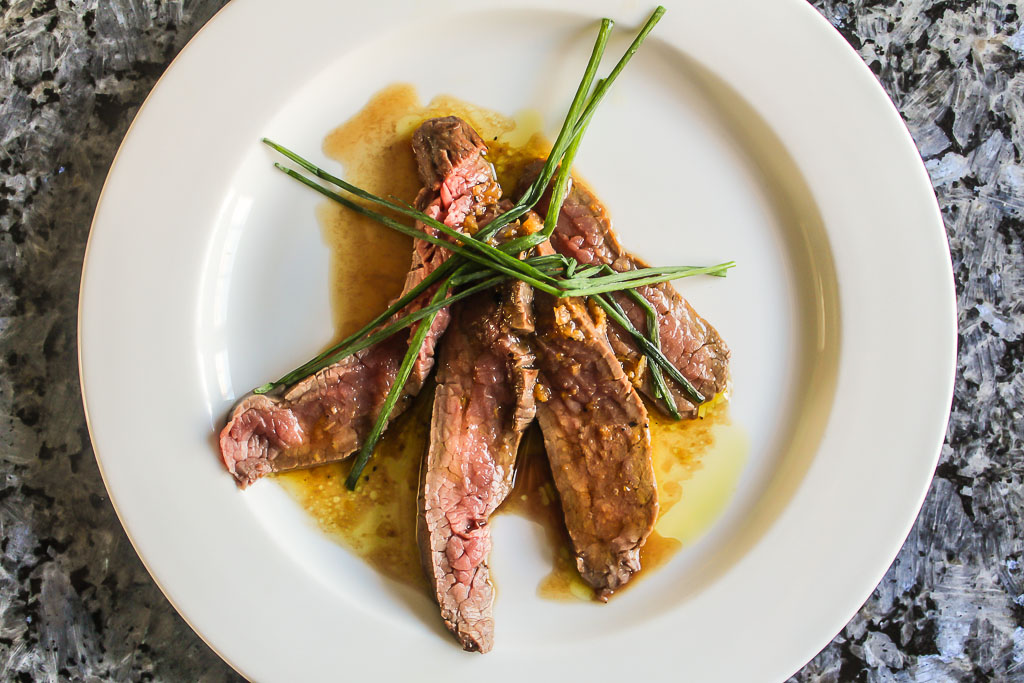
5. Address Underlying Health Conditions
Sometimes, low ferritin levels are linked to underlying health conditions like chronic inflammation, gastrointestinal disorders, or heavy menstrual bleeding. If you suspect a health issue is contributing to your low ferritin levels, it’s important to address this with a healthcare professional. Treating the root cause can lead to sustained improvement in ferritin and overall iron stores.
Conclusion
Improving ferritin levels is key to maintaining healthy iron stores and preventing fatigue, weakness, and anemia. By incorporating iron-rich foods, avoiding iron blockers, and considering supplements if needed, you can make significant progress. Don’t forget the power of vitamin C and addressing any underlying health conditions to keep your ferritin levels in check.
If you are having trouble figuring out a diet with the right amount of essential nutrients, don’t worry we totally understand. It can seem confusing and frustrating to keep everything in mind.
Let us take out the guesswork for you! Apply to work with our amazing sports dietitian team and get started on your journey toward optimal performance nutrition.
References:
- WHO. Serum ferritin concentrations for the assessment of iron status and iron deficiency in populations. World Health Organization. 2011.
- Hinton, P. S. (2014). Iron and the endurance athlete. Applied Physiology, Nutrition, and Metabolism.
- Peeling, P., Dawson, B., Goodman, C., Landers, G., Trinder, D. (2008). Athletic induced iron deficiency: new insights into the role of inflammation, cytokines and hormones. European Journal of Applied Physiology.
- Fallon, K. E. (2004). Utility of hematological and iron-related screening in elite athletes. Clinical Journal of Sport Medicine.
- Thomas, D. T., Erdman, K. A., Burke, L. M. (2016). Position of the Academy of Nutrition and Dietetics, Dietitians of Canada, and the American College of Sports Medicine: Nutrition and Athletic Performance.